Key Takeaways
- Multiclassing in Dungeons & Dragons allows for powerful combinations of classes that bring out the best in each other.
- The Barbarian/Fighter multiclass is a strong pairing due to their shared abilities and high melee combat potential.
- The Sorcerer/Warlock multiclass can provide access to unlimited spell slots, but players should consider the potential rule complications before using this build.
Achieving mastery in a certain field of study is a pursuit that many people find appealing. However, others prefer to become a jack of many trades instead of a master of one. If you just can’t quite decide between two classes, Dungeons & Dragons offers a solution through multiclassing. However, some classes make better pairs than others.
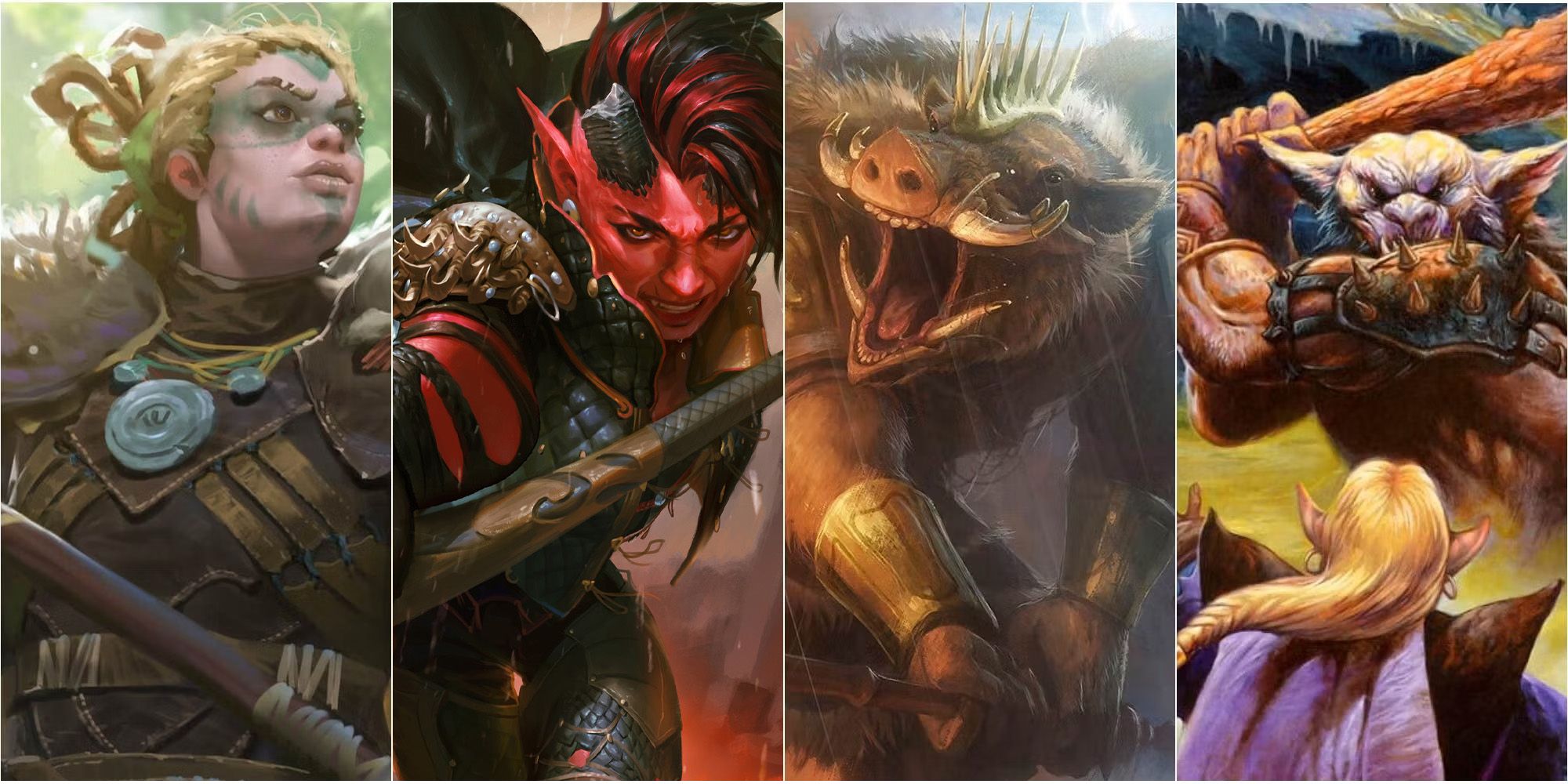
Related
Dungeons And Dragons: 10 Best Feats For Barbarians
If you’re looking to turn your Barbarian into a beast in D&D, these feats are for you.
Think of a character’s multiclass like a well-constructed meal. A delicious dining experience involves foods that accentuate and elevate each other’s qualities. Wine and cheese, cookies and milk, and meat and vegetables are all good examples. Similarly, you’ll want the classes of a character’s multiclass to bring out the best in one another.
These class combos have been selected based upon author experience with these pairings, boosts to stats that are given if they are combined, and, of course, how awesome they are for role-play reasons.
Updated November 21, 2024, by Alfredo Robelo: The best way to experience a class to its fullest potential is to go all the way with it to level 20, but since not every campaign reaches those heights, multiclassing is a great way to add spice to your favorite class. We’ve added even more combinations to the article, including things only possible with the 2024 Player’s Handbook changes.
20
Ranger/Monk
The 2024 Player’s Handbook made a lot of changes to how monks and rangers work, making these two underperforming classes gain stronger elements at earlier levels. Monks gained a more straightforward way to use their resource (called focus points instead of ki in the 2024 rules), while rangers focus on the benefits of Hunter’s Mark. The whole point of combining these two classes is to give monks access to Hunter’s Mark, letting them deal an extra D6 each time they hit their enemy; that’s a lot of hits if you count unarmed strikes.
In the 2014 rules, this wasn’t worth it, since the spell specified that the attack roll needed to be from a weapon attack, but the 2024 rules changed it to any attack roll. This means that you want to spend as few levels as possible on ranger, and the 2024 rules have also changed this for the better: rangers now get Hunter’s Mark at level one. This means that, for the low cost of a single level, you get to dramatically augment your damage every turn, no matter how long the campaign runs.
19
Fighter/Warlock
A lot of classes want to multiclass into fighter due to the benefits a few levels can give. For warlocks, just a single fighter level can give them a lot, like heavy armor proficiency and the second wind mechanic, giving them a lot of survivability.
The 2024 rules also give you access to the weapon mastery property of any weapon you choose, so even though warlocks already have ways of being great melee combatants, one level in fighter gives them a lot more use out of their chosen weapon. As per the 2024 rules, however, you only get heavy armor proficiency if you start as a fighter, so keep that in mind.
18
Monk/Druid
Monks are expert martial artists who don’t often require weapons to perform well, but combining them with druids can make for an interesting build based on Wisdom. Since the monk feature unarmored defense raises your armor class with both Dexterity and Wisdom, you can have a monk that deals most of its damage with Wisdom with a single level in druid.
This is possible thanks to the cantrip Shillelagh, where you use your spellcasting modifier to deal damage with a staff or club. Since staves are considered monk weapons, you can end up with quite a wise and deadly character, and if you spend just one more level into druid, a character that can transform into a seemingly harmless cat as well.
17
Barbarian/Fighter
Perhaps the most obvious multiclass of all the options available, barbarian and fighter pair together quite easily thanks to their reliance on the same ability scores and combat strategies. Both classes enjoy high Strength and Constitution scores and typically prefer a focus on melee combat. Reckless attack is a great source of constant advantage for all of your melee attacks, and action surge paired with the bonus rage damage you get on every attack makes for a hell of a turn.
Furthermore, danger sense shores up the fighter’s typical weakness to Dexterity saving throws. The only awkward part of this multiclass is that you lose the fighter’s ability to use heavy armor in exchange for barbarian rage, but it ends up being worth it. It’s up to you whether you want to take barbarian or fighter to level five. Once you hit level five in one class and unlock extra attack, take three levels in the other to unlock a second subclass.
16
Barbarian/Druid
With this multiclass, you are specifically looking to take advantage of the druid’s Circle of the Moon subclass alongside the barbarian’s Path of the Totem Warrior subclass. This is because all of the features gained from the barbarian class can be taken advantage of while in wild shape form.
As a result, you can become the tankiest character in the game as far as damage mitigation is concerned. The build ultimately gains the extra HP (hit points) of wild shape form, has resistance to all damage besides psychic, can grant advantage on all attacks, and is able to convert spells slots into healing as a bonus action. Add casting barkskin for 16 AC (armor class) during a wild shape into the mix and the barbarian/druid combo becomes an unstoppable force.
15
Fighter/Wizard
Though the Eldritch Knight fighter subclass is supposed to fulfill the fantasy of a warrior wizard, if you want access to higher level spells, the fighter wizard multiclass will better serve your desires. The way these builds work is by starting off with two levels of fighter in order to pick up the class’ 1d10 hit dice, heavy armor proficiency, defense fighting style, second wind, and action surge. Then, invest all other levels into wizard.
By fifth level, an Eldritch Knight has three first-level spell slots. In comparison, a fifth-level fighter/wizard multiclass has access to four first-level spell slots and two second-level spell slots. Furthermore, the fighter’s action surge ability can be used to cast two spells in a single turn. No other class or multiclass in the game is capable of casting two separate spells in one turn, making the fighter/wizard multiclass especially unique.
14
Sorcerer/Warlock
The Dungeons & Dragons community has popularized this multiclass into what is now referred to as the ‘coffeelock.’ The proper combination of these two classes can provide access to an unlimited number of spell slots, which is something many players consider equivalent to breaking the game.
However, in order to achieve these shenanigans, the sorcerer/warlock must take multiple short rests in a row. Many DMs argue that chaining short rests is another way of taking a long rest, which could devolve the game into an argument about rules interpretations. If you want to try and take advantage of this exploitative build, ask your dungeon master first. Otherwise, you could very well ruin your table’s game night.
13
Monk/Rogue
While the monk is arguably the weakest class in fifth edition, this actually makes it an even better choice for multiclassing. This is especially true considering that levels six through ten of monk are pretty lackluster. In particular, the shadow monk subclass makes for a great choice to pair with rogue thanks to the spellcasting it offers including pass without trace, darkness, and more.
Adding sneak attack to one of your monk’s weapon attack provides a nice damage boost, and cunning action is a full-on upgrade from step of the wind. This also allows you to use your ki points on more important things such as more stunning strikes. It ought to be noted that you’ll want to reach seven levels in one of these classes by level 10, as evasion is an important defensive ability for both classes.
12
Ranger/Rogue
The ranger/rogue multiclass draws its power from both classes being dexterity-based. It also combines the additional damage dice each class provides on their melee or ranged attacks. Pair several things together first: hunter’s mark, sneak attack, chosen fighting style, and the colossus slayer or dread ambusher feature (depending on the ranger subclass choice). Then, you end up rolling a fistful of dice every time you make an attack.
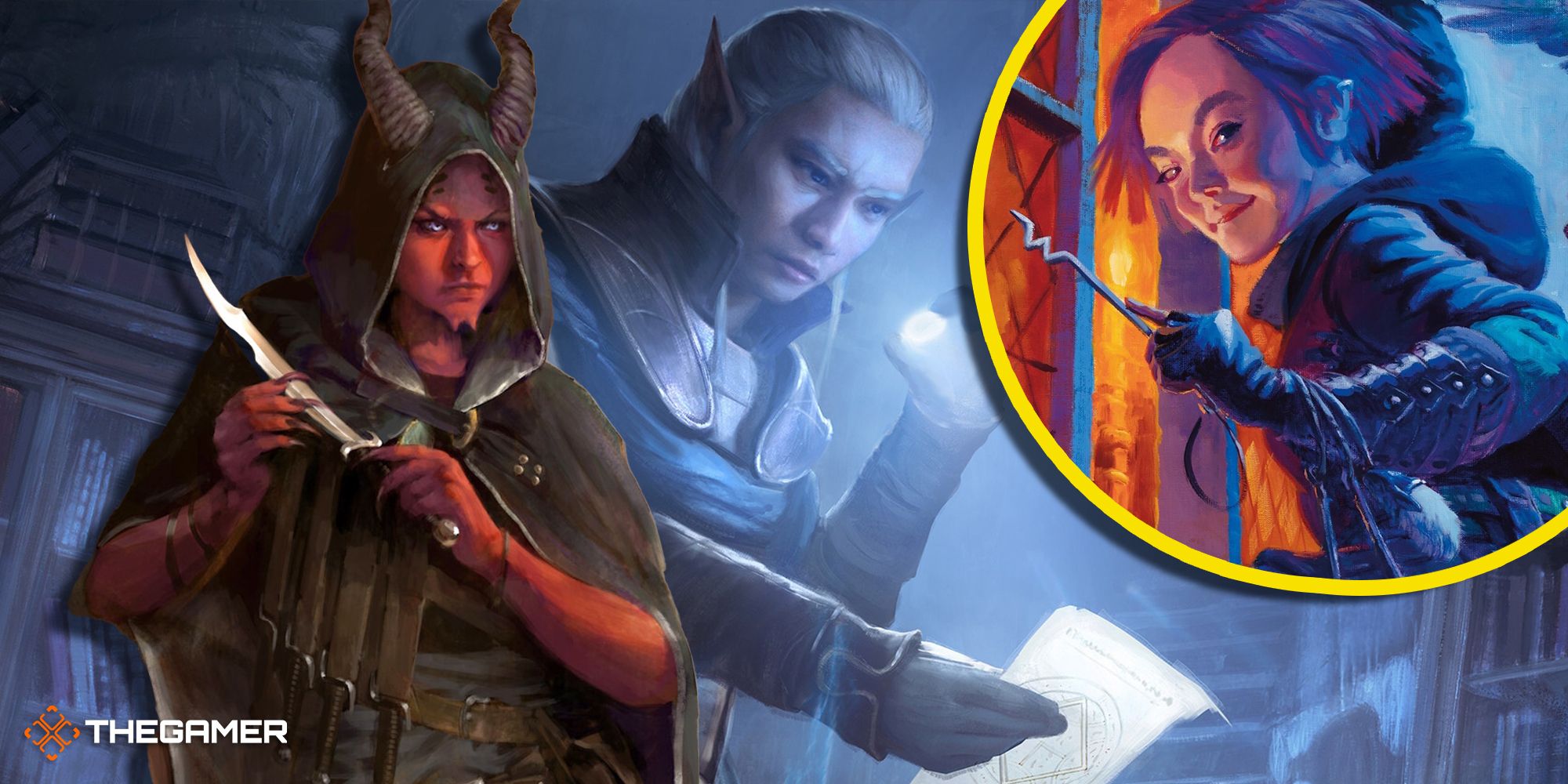
Related
Dungeons & Dragons: All Official Rogue Subclasses, Ranked
Players can choose between several main rogue archetypes with varying abilities and traits. However, not all subclasses are made equal.
It’s debatable whether to start as a rogue or ranger, and it really comes down to what saving throw proficiencies you prefer, as well as whether you’re willing to wait until level six for the extra attack feature. It should be noted that this multiclass makes for some of the best ranged damage dealers possible. After taking five levels in ranger for extra attack, dump the rest of your levels into rogue.
11
Cleric/Fighter
Due to the cleric’s ability to access its subclass at second level as well as powerful features like channel divinity, spellcasting, and heavy armor proficiency, it’s undeniably the best class for multiclassing in general. While this multiclass has an uncanny similarity to the paladin class, it actually plays quite differently thanks to the difference in spell selection cleric offers.
Spiritual weapon and spirit guardians are both great spells unique to clerics, and they pair perfectly with the fighter’s game plan of getting into melee. Plus, nobody is going to complain about your fighter having access to a little healing. Perhaps most importantly, action surge allows you to cast two spells in a single turn, which is something that only fighter multiclasses are capable of achieving.
10
Paladin/Bard
Bard/paladin multiclasses function much in the same way as rogue/ranger ones. Instead of taking advantage of the same combat ability score, the paladin and bard make the most of their shared spellcasting modifier: charisma. The multiclass works by taking paladin levels until level five, granting access to extra attack. After that, dump the remainder of your levels into bard. The greatest benefit of this multiclass is the access bard gives you to additional higher-level spell slots.
These higher-level spell slots can be converted into divine smites, allowing for some truly staggering nova (single turn) damage. To put things into perspective, an eighth-level paladin has access to four first-level spell slots and three second-level ones. Meanwhile, an eighth-level paladin/bard multiclass gains four first-level spell slots, three second-level spell slots, and two third-level ones.
9
Paladin/Warlock
This might seem like a curious match-up because this pits you between two controlling entities. As many D&D veterans know, paladins gain power from their sacred oaths while warlocks are bestowed gifts from their eldritch pacts. This back and forth makes for an important question: do you serve a god/goddess or your pact master?
The lore implications here are massive, as you will be forced to juggle your paladin’s oath against your warlock patronage while trying to keep all of your promises intact. Some fans call this multiclass a ‘witch knight,’ and it is a ton of fun for anyone looking for a new roleplaying challenge.
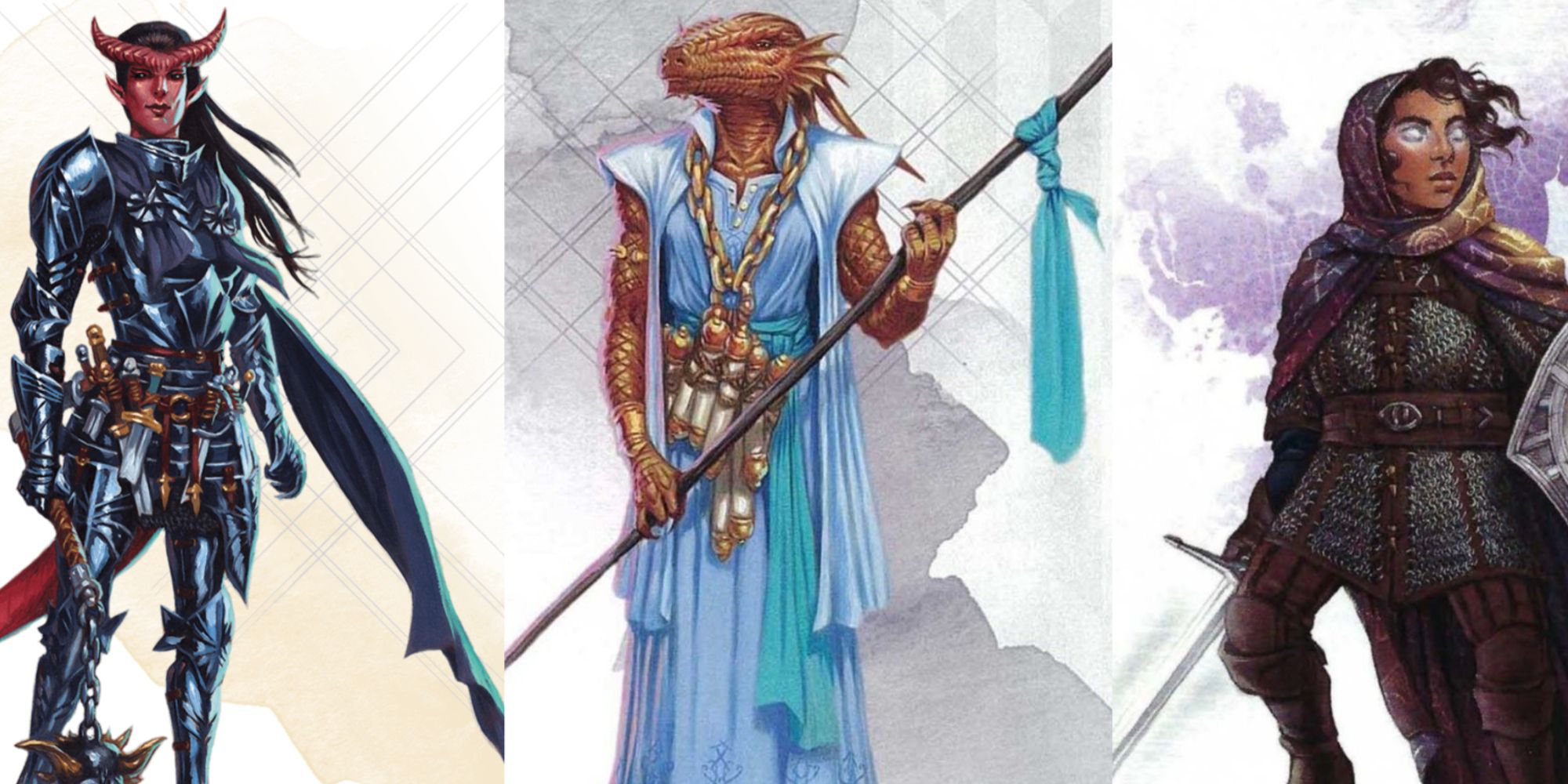
Related
Dungeons & Dragons: All Official Paladin Subclasses, Ranked
Here are all the official Paladin Oaths available in Dungeons and Dragons 5e, ranked by playstyle and usefulness to the party.
This is arguably one of the most complicated multiclasses to properly enact, so be wary of the challenge it presents. It’s important to start with a Strength score of 15 for eventual access to plate armor, but you really want to pour all of your ability score improvements into Charisma.
The progression guide here is to take two levels of paladin, then five levels of warlock picking up the Hexblade subclass, four more levels of paladin, and a paladin subclass of your choosing. Use Strength to make attacks up until level five. After that, Pact of the Blade allows all of your attacks and damage to scale off of Charisma.
8
Rogue/Fighter
Also known as the commando build, a fighter/rogue combo has the possibility to put out some serious damage. This is a very one-dimensional build, but when it works you are capable of putting out incredible nova damage. You can start this build with either class, but the idea here is to eventually get three levels in rogue for the Assassin subclass and its assassinate ability, then go the rest of your levels into Battlemaster fighter.
The assassinate ability provides advantage to all attacks you make against a creature who hasn’t taken a turn yet in combat. More importantly though, it also turns all of your successful attacks into automatic critical hits whenever an enemy is surprised. Coupling this ability with the fighter’s many extra attacks and action surge, by 14th level you are capable of unleashing up to seven critical hits on a surprised enemy in a single turn.
The caveat here is actually managing to surprise enemies, which is very difficult for an entire party to achieve consistently. Nonetheless, this is a cool build that provides your usual Battlemaster fighter with potentially devastating lethality.
7
Barbarian/Rogue
Thematically, it’s a bit inconsistent, but the rogue-barian is sweet for one great feature interaction: Reckless Attack and Sneak Attack. Reckless Attack allows the barbarian to gain advantage on all attacks, and Sneak Attack is always guaranteed if the attacker has advantage. You’ll want to go five levels into barbarian for extra attack, then fill out the rest of your levels with rogue. This is a great option for anyone who wants to enjoy the combat prowess of the barbarian while not being totally useless during social interactions or skill challenges thanks to the rogue’s expertise.
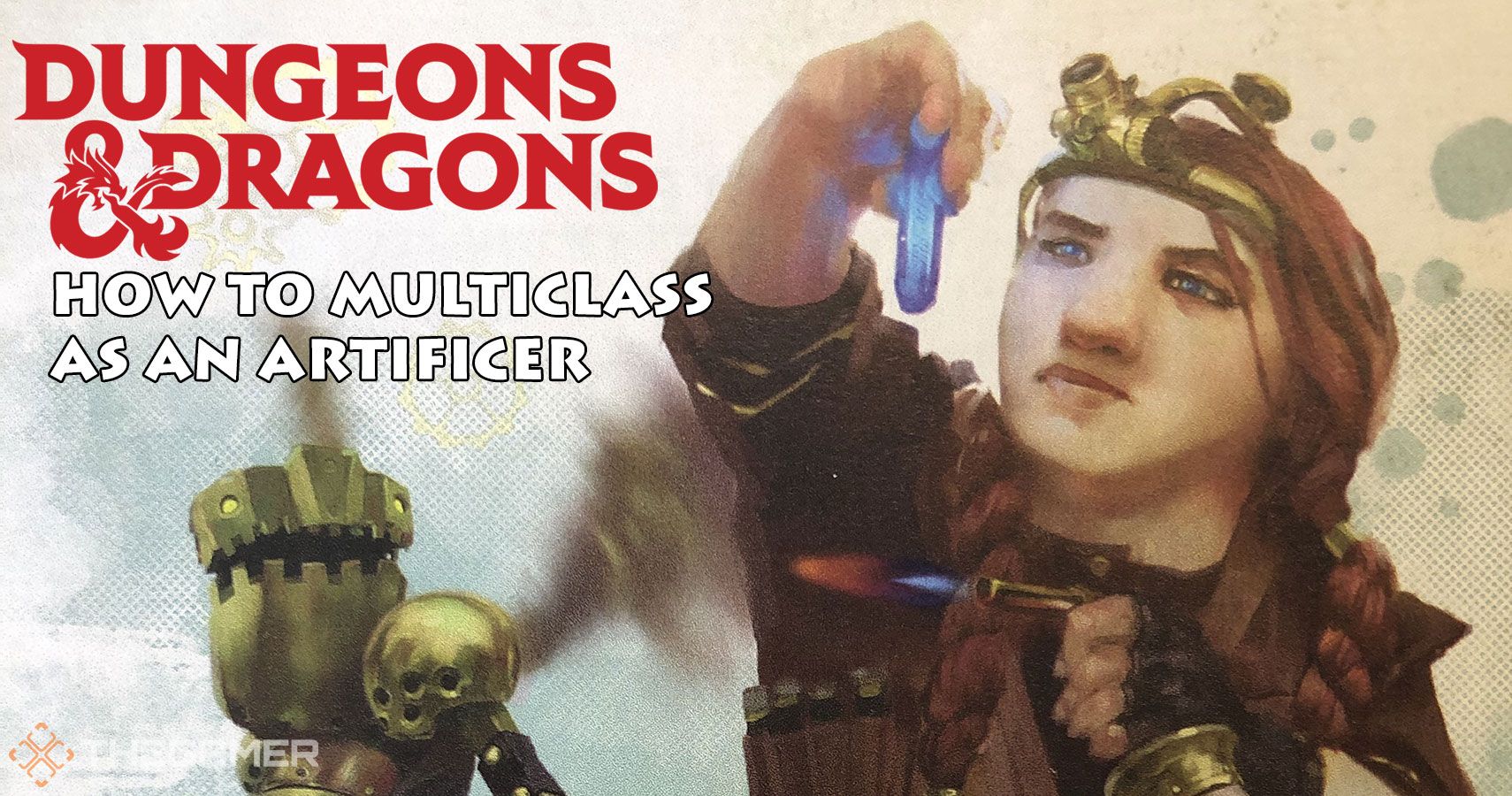
Related
Dungeons & Dragons: How To Multiclass As An Artificer
Artificers are masters of crafting magic items in Dungeons & Dragons — today, we’ll go over the best ways to multiclass them.
It should be noted that sneak attack only triggers on attacks made with the finesse property, so you’re forced to use a rapier once you take rogue levels despite being a Barbarian. Specifically, taking the Path of the Totem Warrior subclass and using the bear totem will allow your barbarian to resist everything but psychic damage while raging. Tack on the rogue’s uncanny dodge and evasion abilities, and your rogue-barian becomes incredibly difficult to kill.
6
Artificer/Barbarian
An artificer mixed with a barbarian might seem contrary, but specifically looking at the Armorer artificer, using the Guardian feature can exponentially increase the barbarian’s defensiveness in battle. The Defensive Field feature is usable while raging, giving the tank of the party even more survivability.
While the barbarian will not be able to cast spells while raging, the artificer has an incredible list of utility and support spells for non-combat encounters. Focus on taking non-concentration spells and using the artificer features to boost the barbarian’s statistics.
5
Cleric/Druid
This multiclass is notable for its ability to provide a nearly endless pool of hit points outside of combat thanks to the colloquially named Lifeberry combo. This combination makes use of the Life Cleric subclass and its Disciple of Life feature alongside the Goodberry spells, which are accessible only to Druids and Rangers.
Goodberry creates ten berries that can be eaten as an action and restore a single hit point. However, the Disciple of Life feature increases any amount of healing you provide by two plus the level of the spell. If you cast Goodberry at first level, this means each Goodberry now provides four points of healing instead of one. That’s a total of 40 points of healing outside of combat for the price of a first level spell.
The combination of the Druid and Cleric spell lists also gives you access to an incredible variety of spell choices that outclass the utility of just about every other multiclass option. Spells like Spike Growth, Plant Growth, and Pass Without Trace allow you to shape the battlefield and combat circumstances to our whims.
4
Rogue/Artificer
The rogue/artificer combination creates one of the most interesting support tacticians and skill monkeys in the game. Even with just a two-level dip into rogue, Cunning Action gives the artificer great survivability in combat while expertise provides better roleplaying interactions.
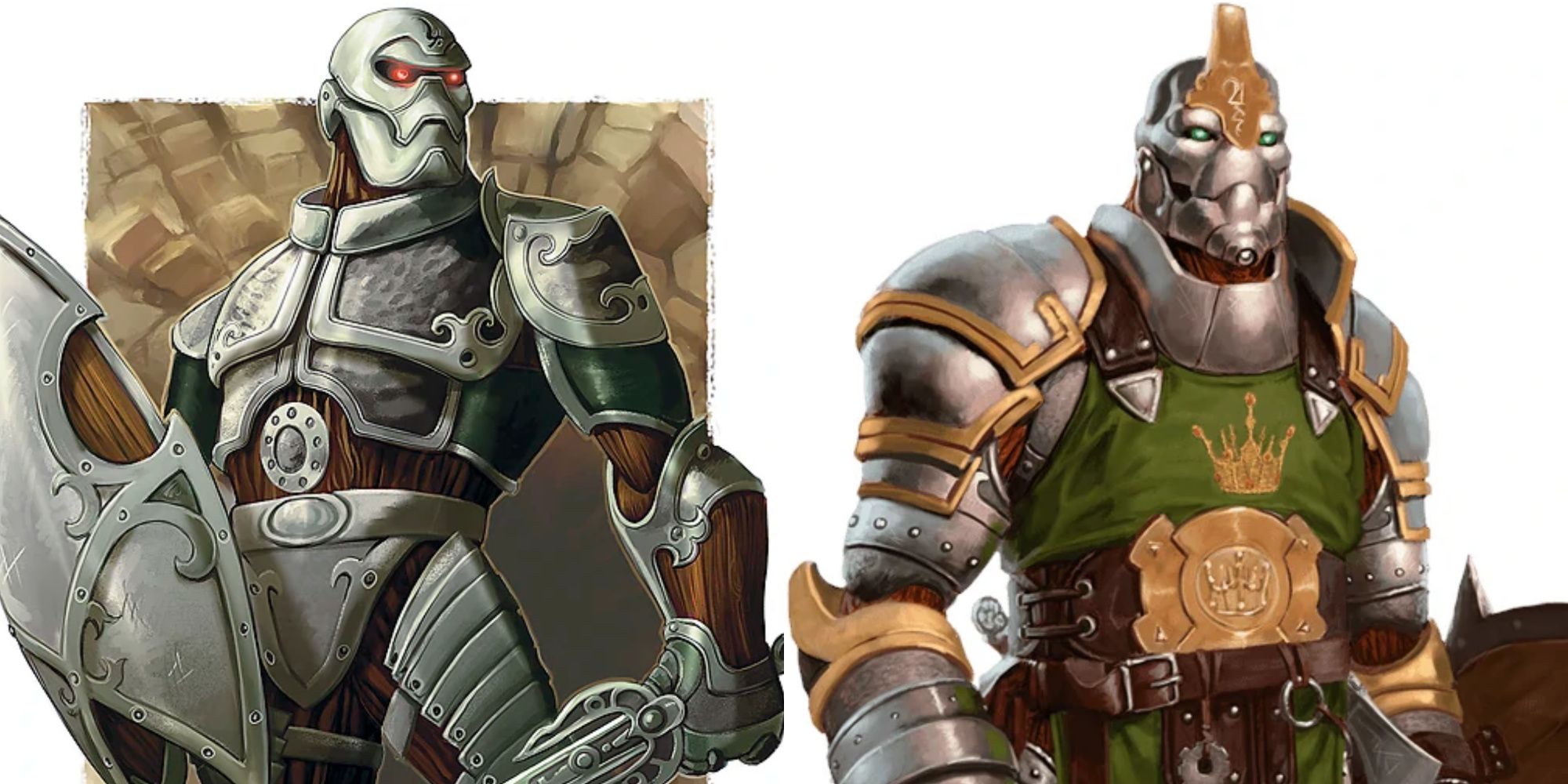
Related
Dungeons & Dragons: How To Build An Armorer Artificer
Crafting chaos with spells, infusions, and a suit of steel.
An excellent support character would be a combination of the Alchemist artificer and any rogue subclass. The levels pumped into into rogue allows the Alchemist to maneuver around during combat using Cunning Action, staying safe while administering potions and infusions to anyone in need.
3
Artificer/Wizard
Artificer/wizard is a great build for anyone who wishes to access the incredible spellcasting of the wizard while bypassing the usual frailty of the class. The artificer class gives you access to proficiency in medium armor and shields, which will provide your character with an unusually high AC for a wizard. Furthermore, if you start off the build in artificer, you will gain proficiency in Constitution saving throws.
This will make keeping your concentration up on spells much easier. On top of this, add the mind sharpener infusion from Tasha’s Cauldron of Everything, and failing a concentration check becomes nearly impossible.
Since both classes depend on Intelligence as their spellcasting ability, this multiclass makes managing your ability scores quite simple. While any artificer/wizard combination will provide you with the benefits already listed, the specific build of Battlesmith artificer/Bladesinger wizard is among the best available if you wish to build a melee wizard combatant.
2
Cleric/Wizard
Thanks to the fact you get the benefits of your subclass at first level, cleric is a great multiclass option for any class. However, the wizard’s identity as a controller as well as their need for a higher AC makes them an ideal pairing. All cleric subclasses grant access to at least medium armor proficiency and some even provide heavy armor proficiency.
The idea here is to only take a single level of cleric as that’s all you need to gain the armor proficiency required, as well as access to the cleric subclass of your choosing. This single level dip also has a minimal impact on your spell slot progression as a wizard, which is what makes wizards so powerful in the first place.
If you’re interested in min-maxing your builds, you need only look so far as the Peace cleric subclass due to its Emboldening Bond feature. This boon gives a number of creatures equal to your proficiency bonus an extra d4 they can add to an ability check, saving throw, or attack roll once per turn for the next ten minutes. While this might not seem like a big difference, it will turn a surprising amount of rolls that should’ve been fails into successes over the course of a campaign.
1
Paladin/Fighter
Paladin and fighter work well together because they are both strength-based classes. Up until the release of Explorer’s Guide to Wildemount though, there wasn’t much reason to multiclass them because they were so similar. It was better to just stay in paladin to continue your spell progression or stay in fighter to gain access to even more extra attacks (hopefully made with a magic weapon).
However, the Echo Knight fighter subclass specifically allows a paladin to pilfer the extra attacks a fighter would normally only receive access to at higher levels. Thanks to the unleash incarnation echo knight feature, you can make one extra attack with your echo whenever you take the attack action.
You can only do this a number of times equal to your Constitution modifier before needing a long rest, but, when paired with the paladin’s divine smite ability and the GWM (great weapon master) feat, that’s more than enough to make this multiclass worth it.
Perhaps the best paladin subclass to pair the Echo Knight with is the Oath of Vengeance. As a bonus action, this oath allows you to make all of your attacks at advantage against one creature you designate once per short rest. The best way to build this multiclass is by going six levels into paladin to gain access to the amazing aura of protection defensive feature, then take three levels in fighter for echo knight. By level nine, your multiclass is fully online. When used properly, this is one of the highest damage builds in the game, and your table will be sure to notice.
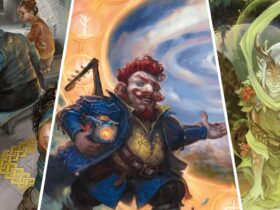
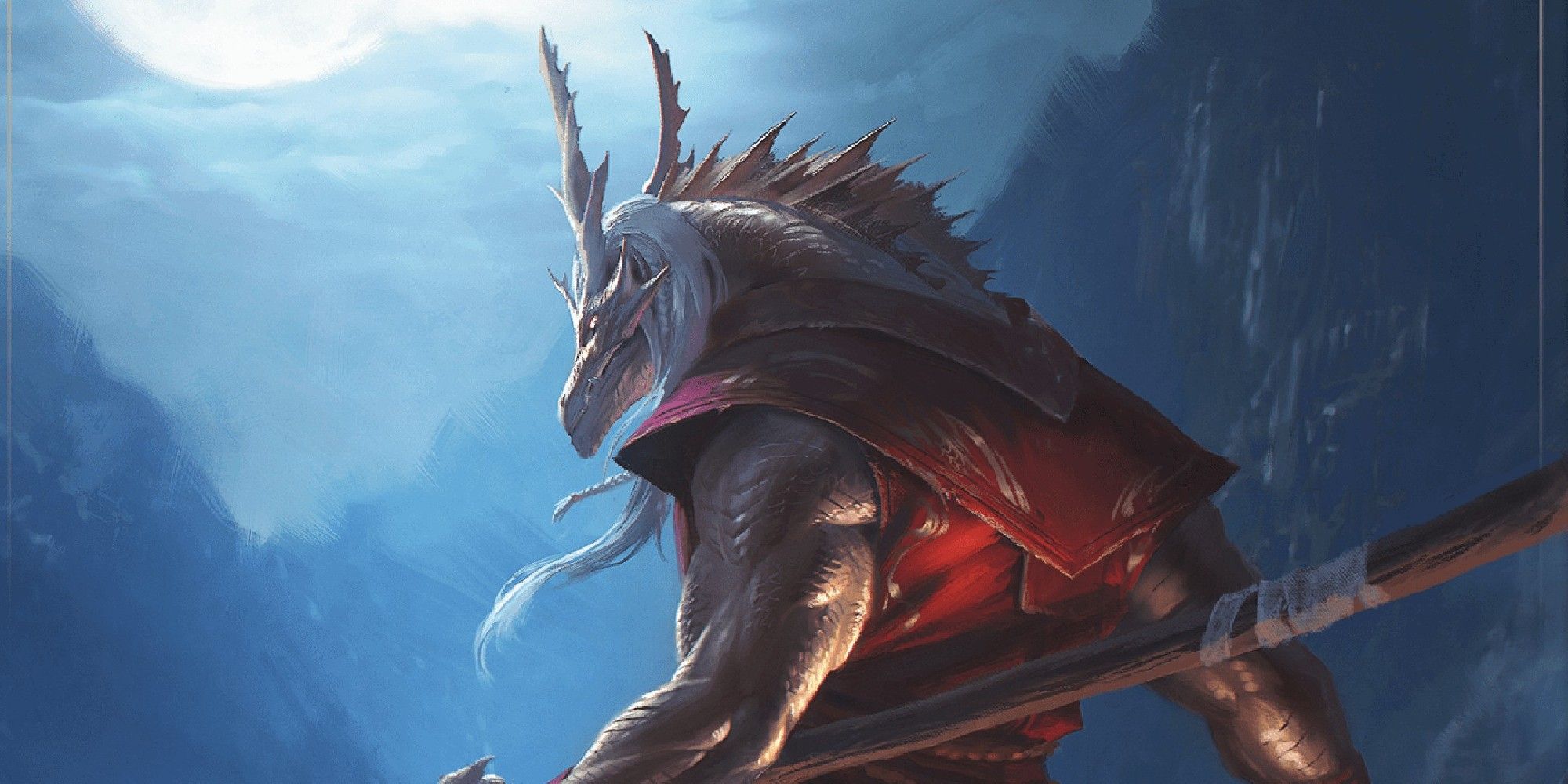
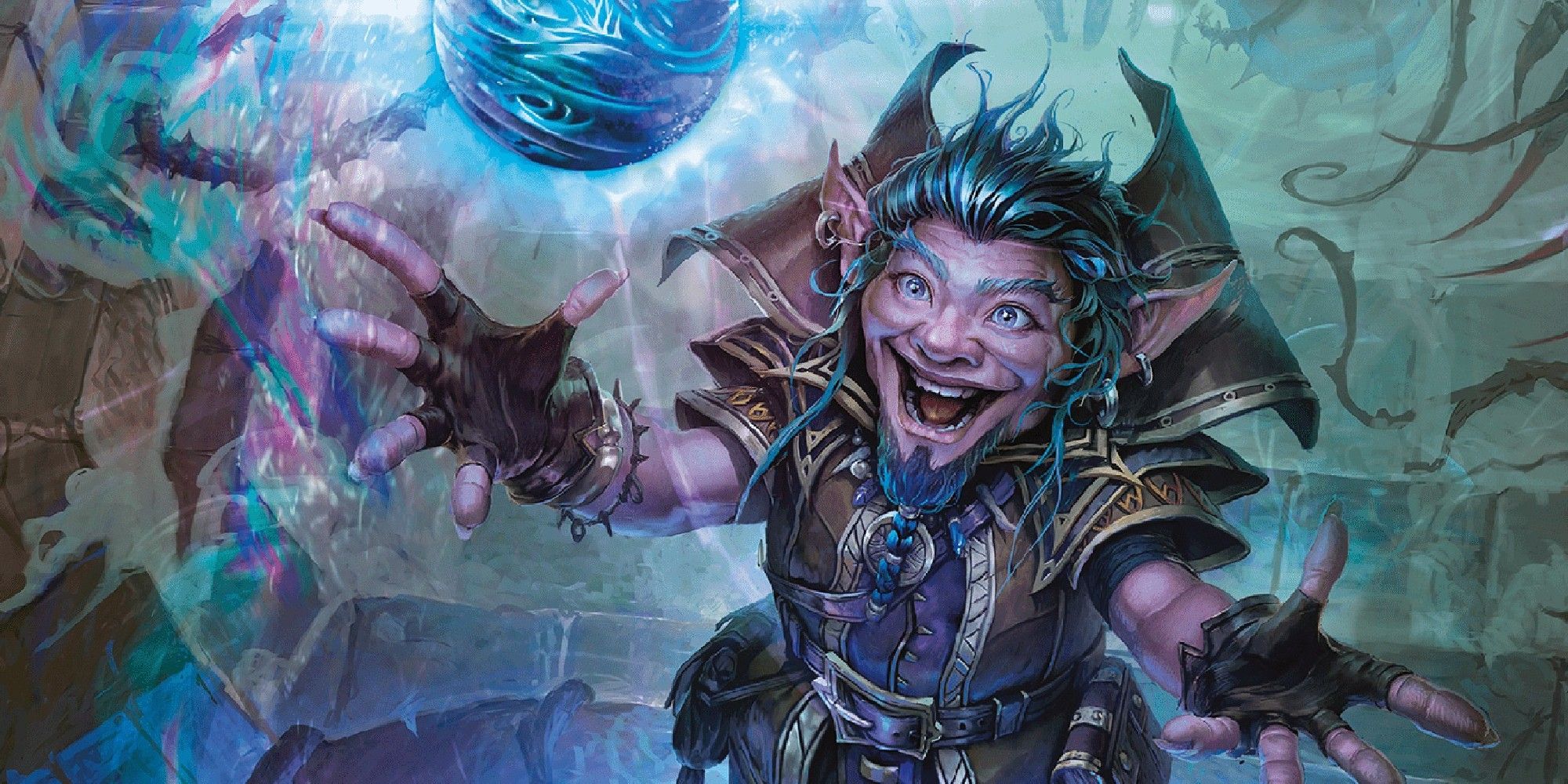
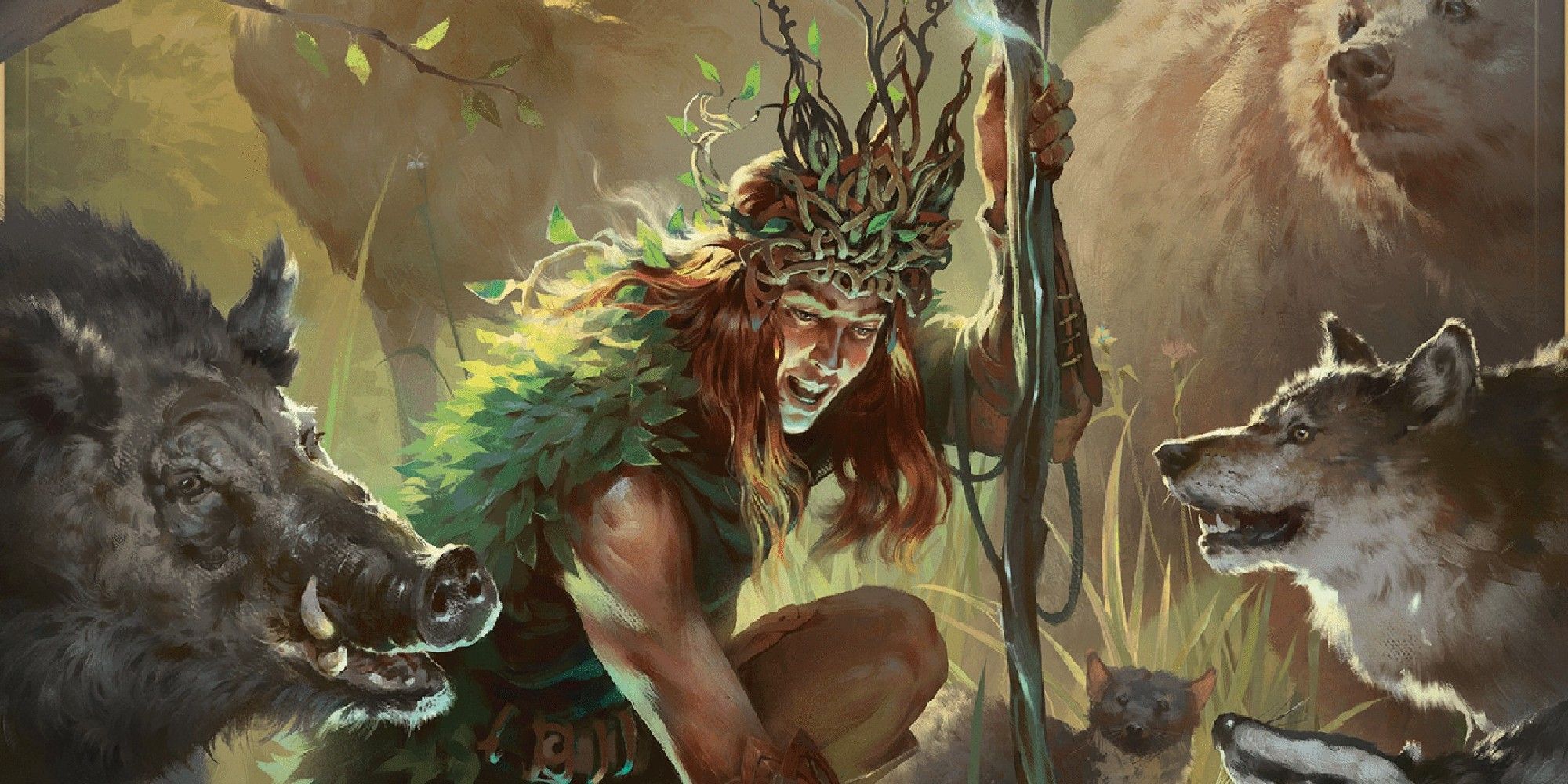
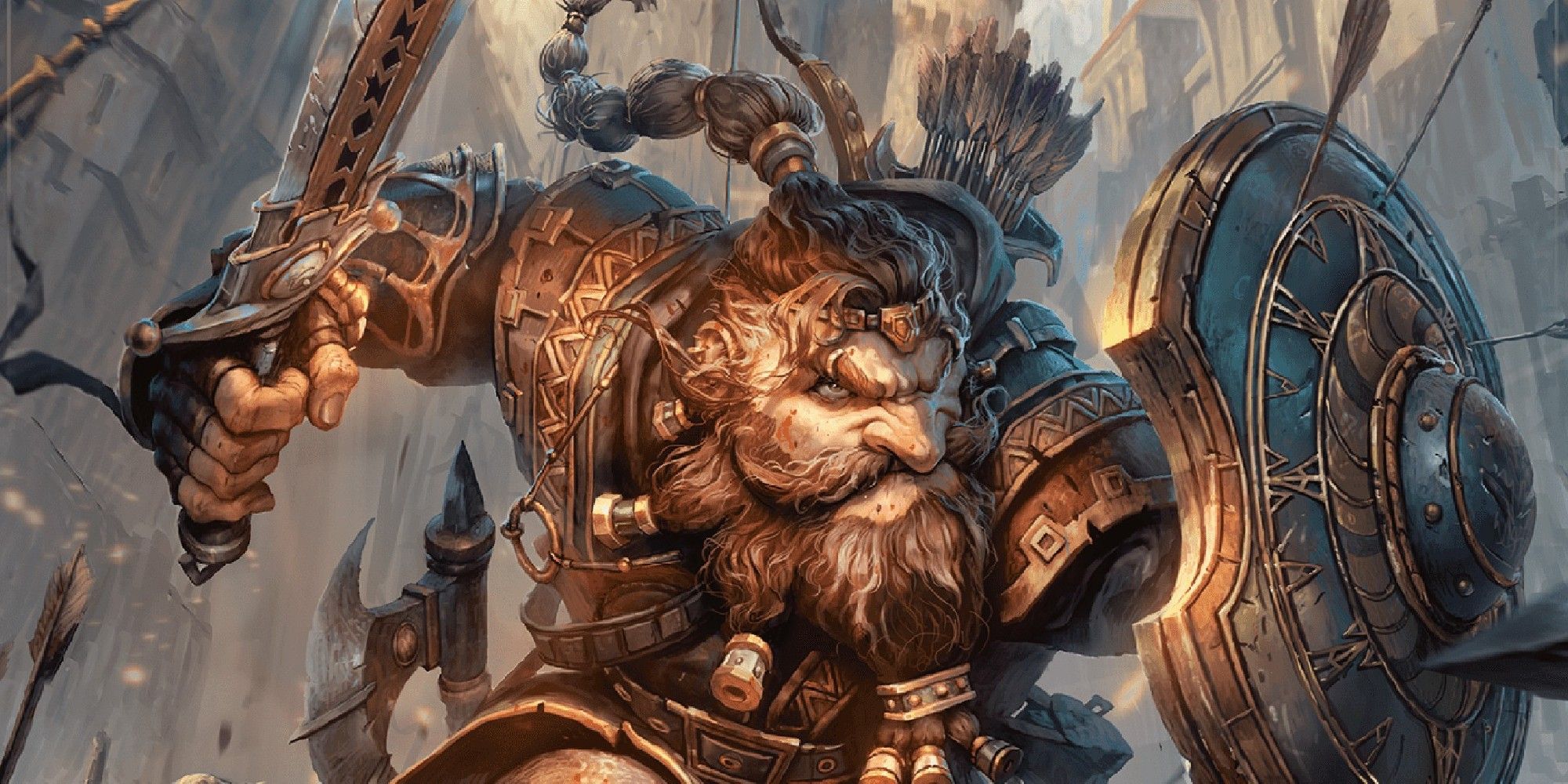
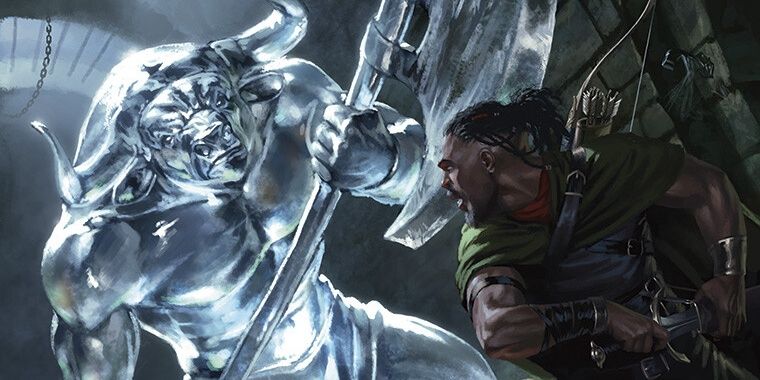
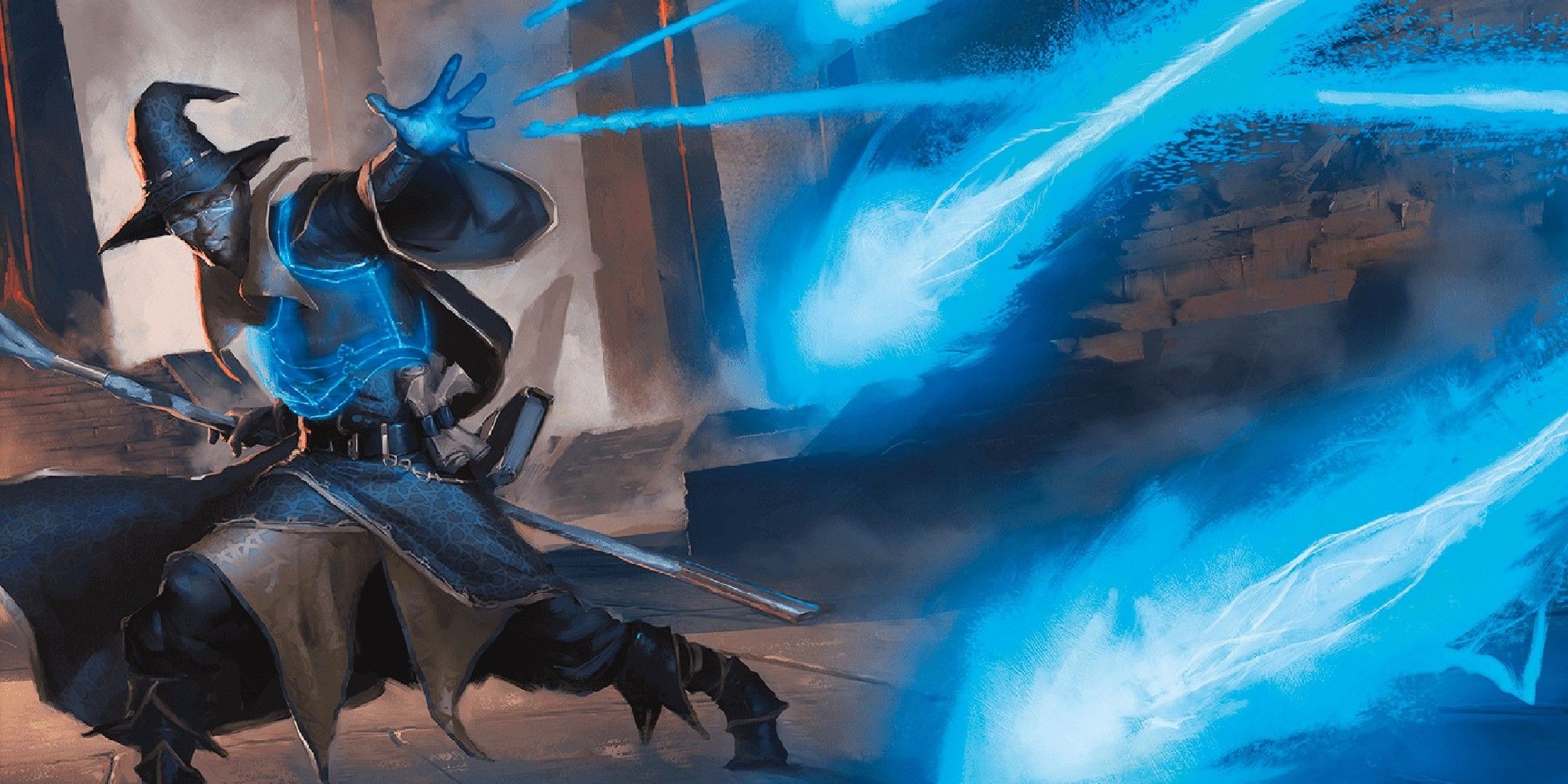
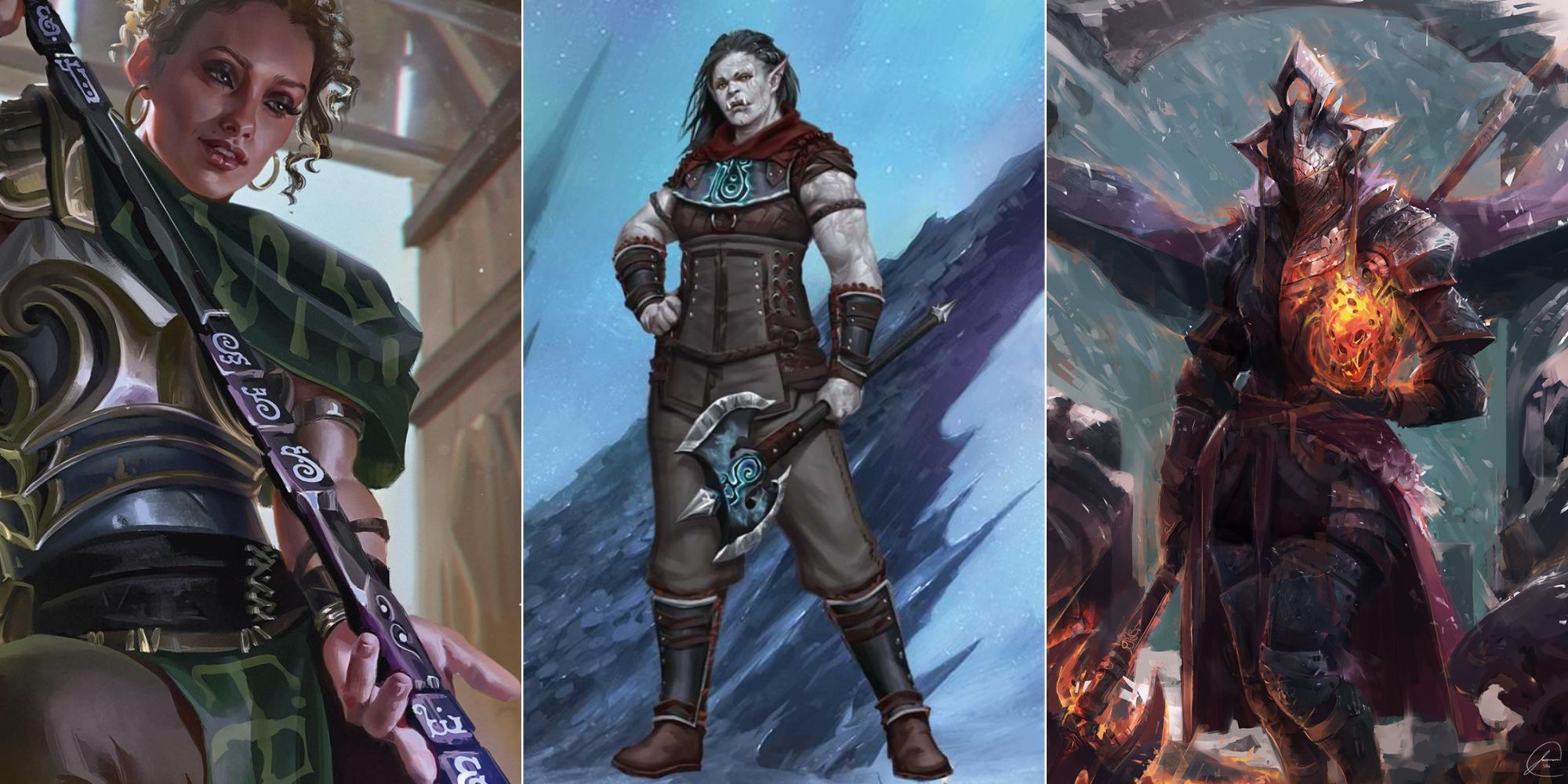
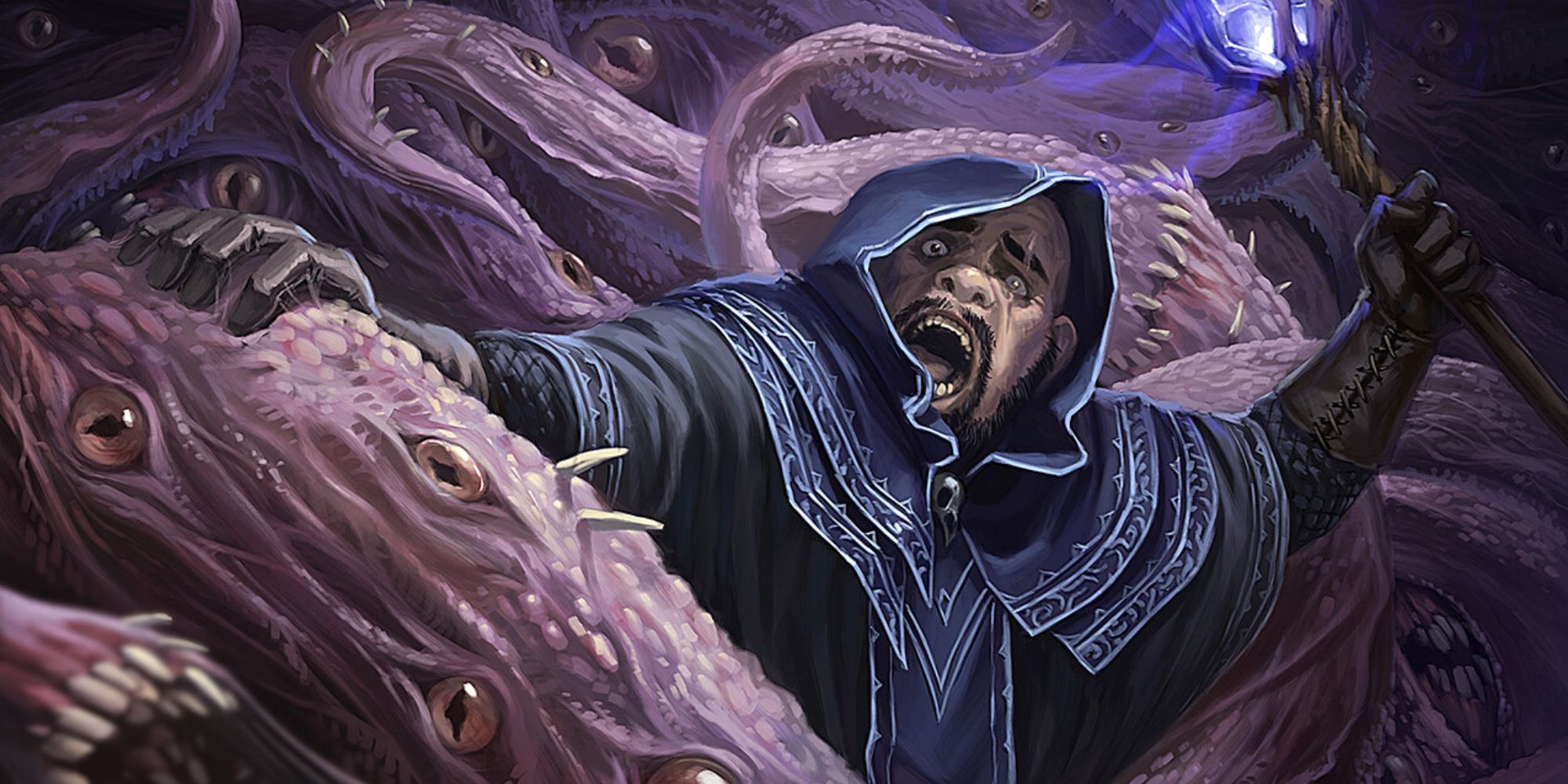
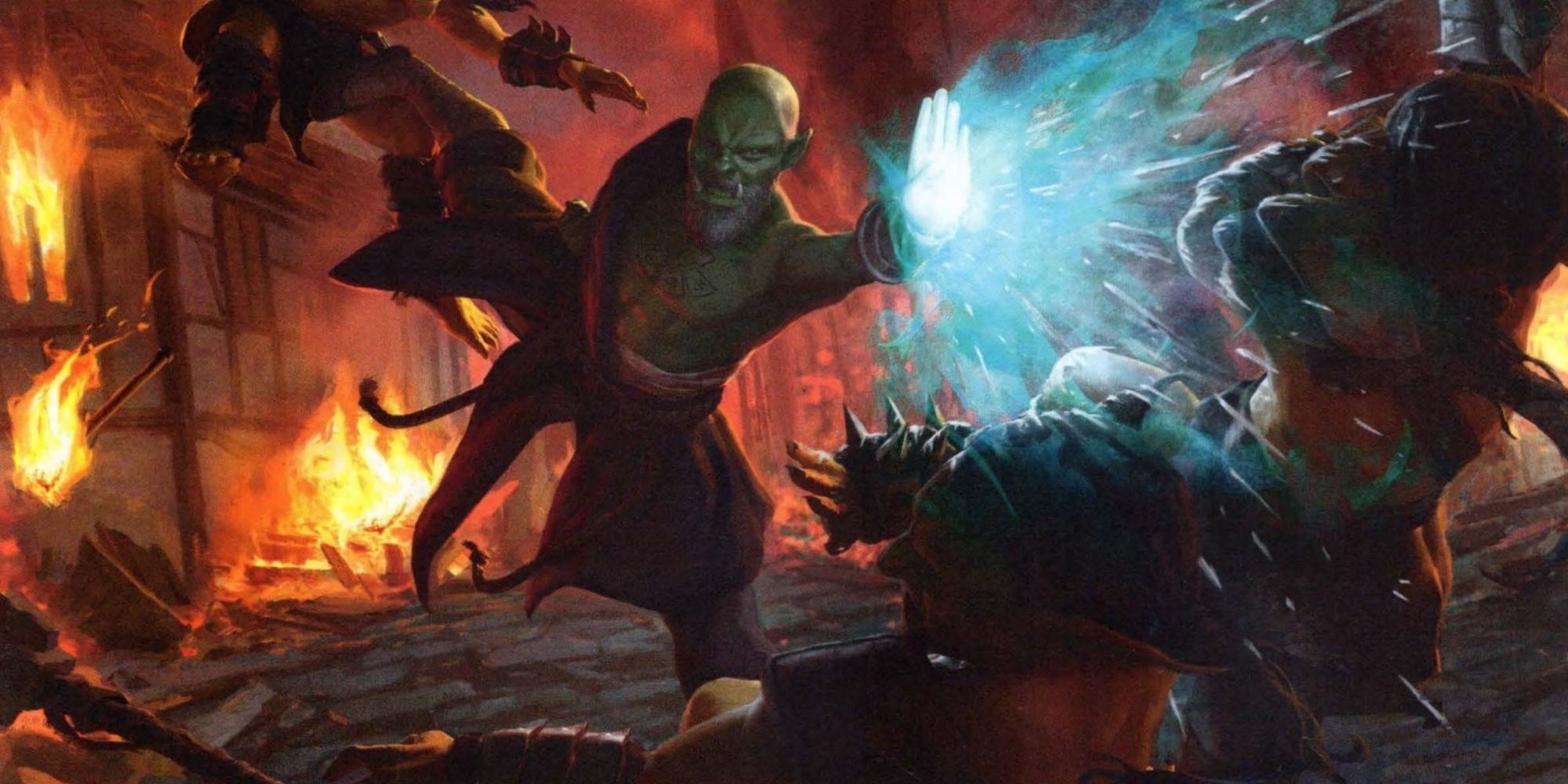
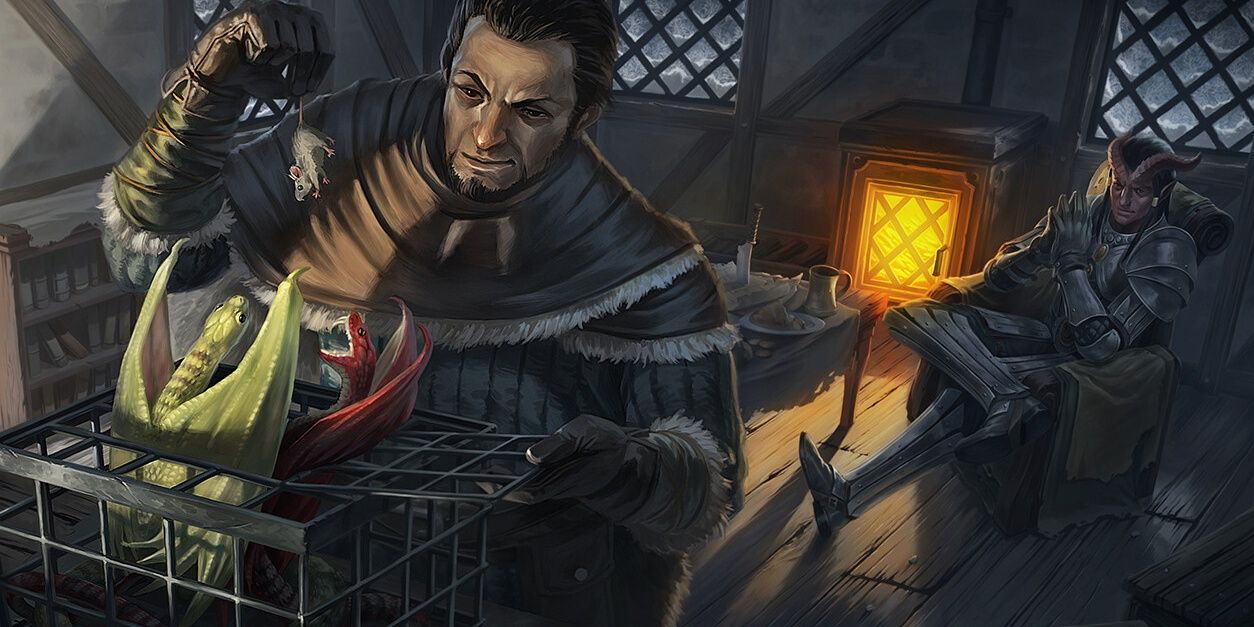
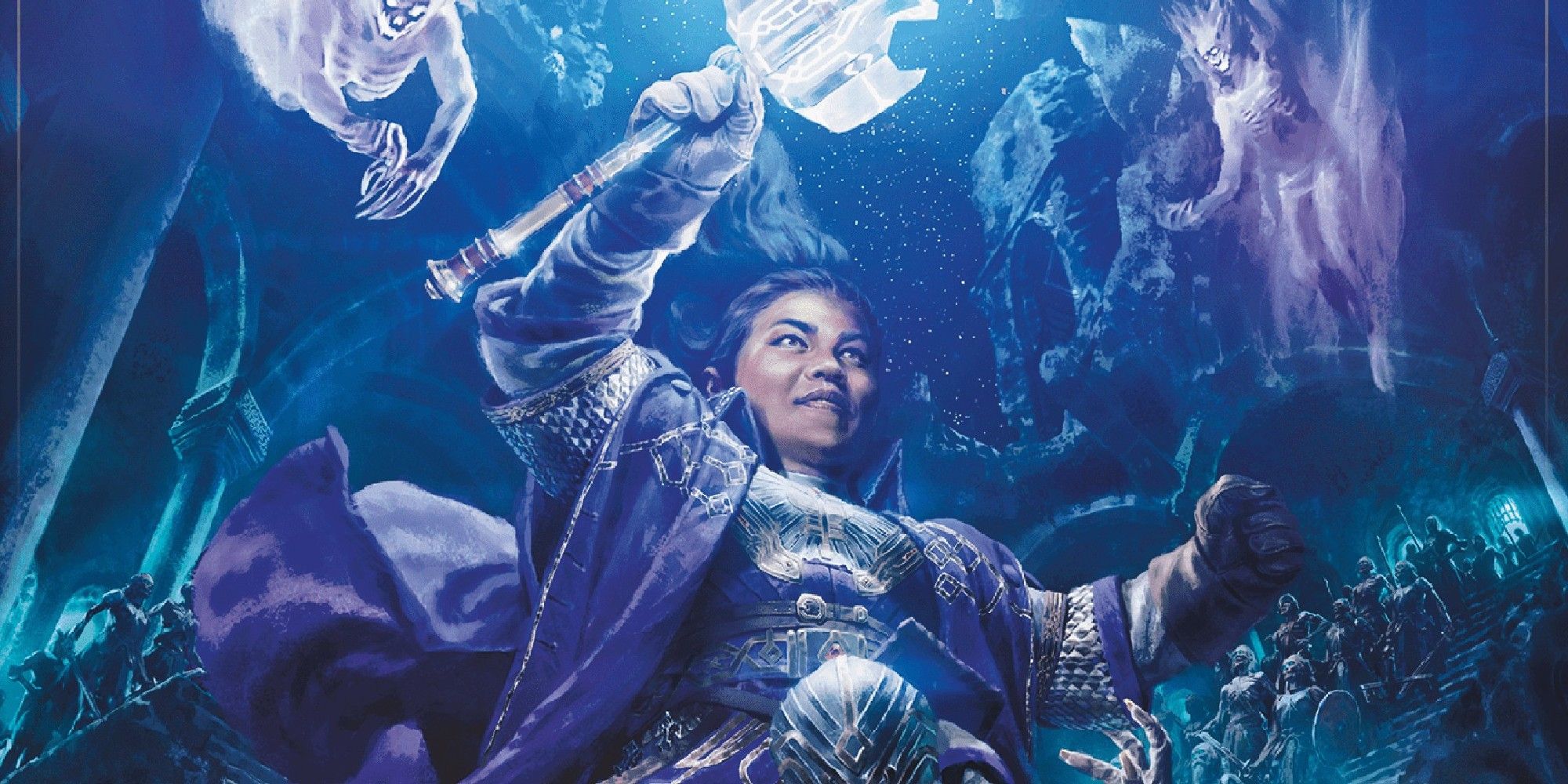
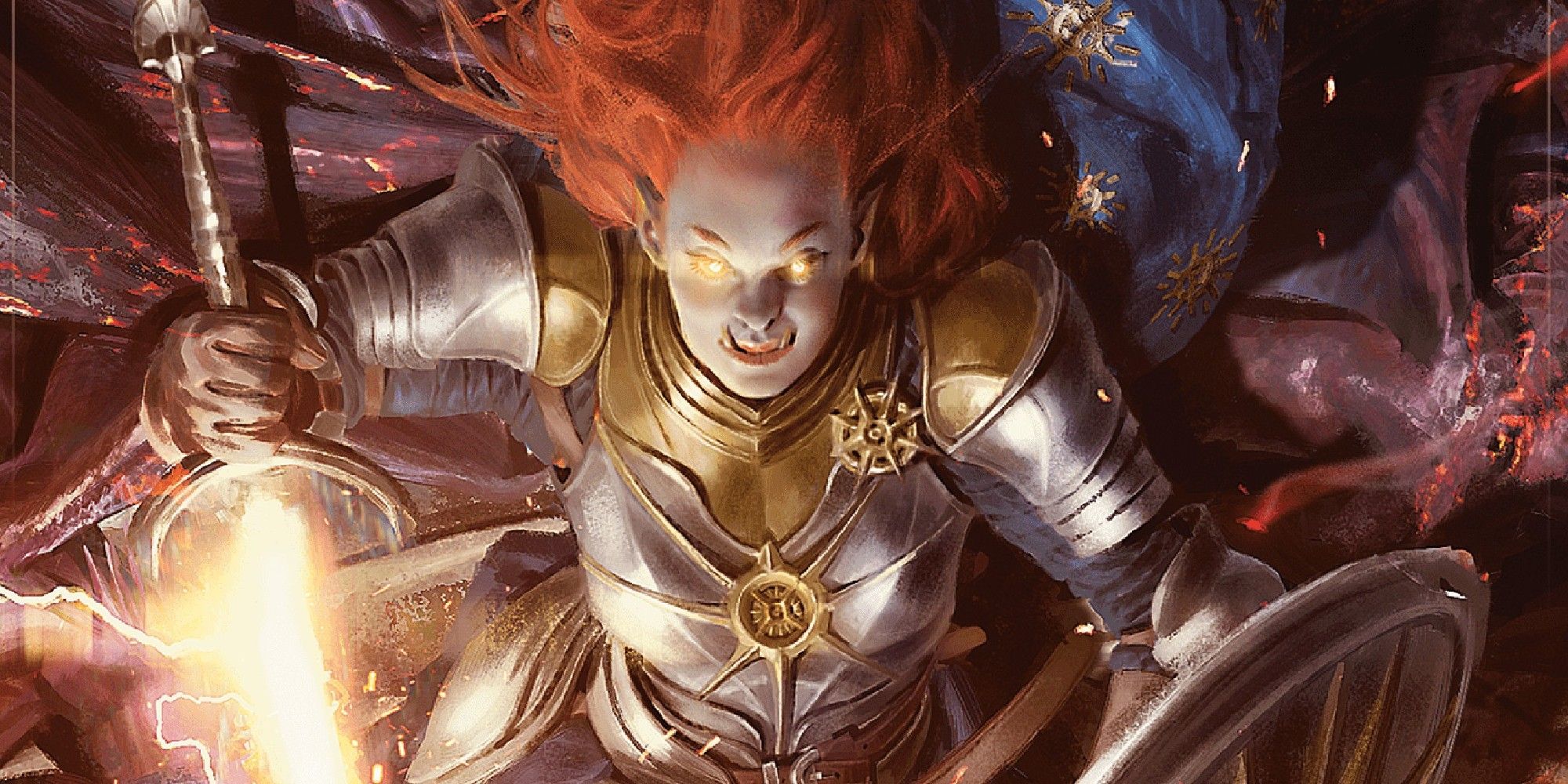
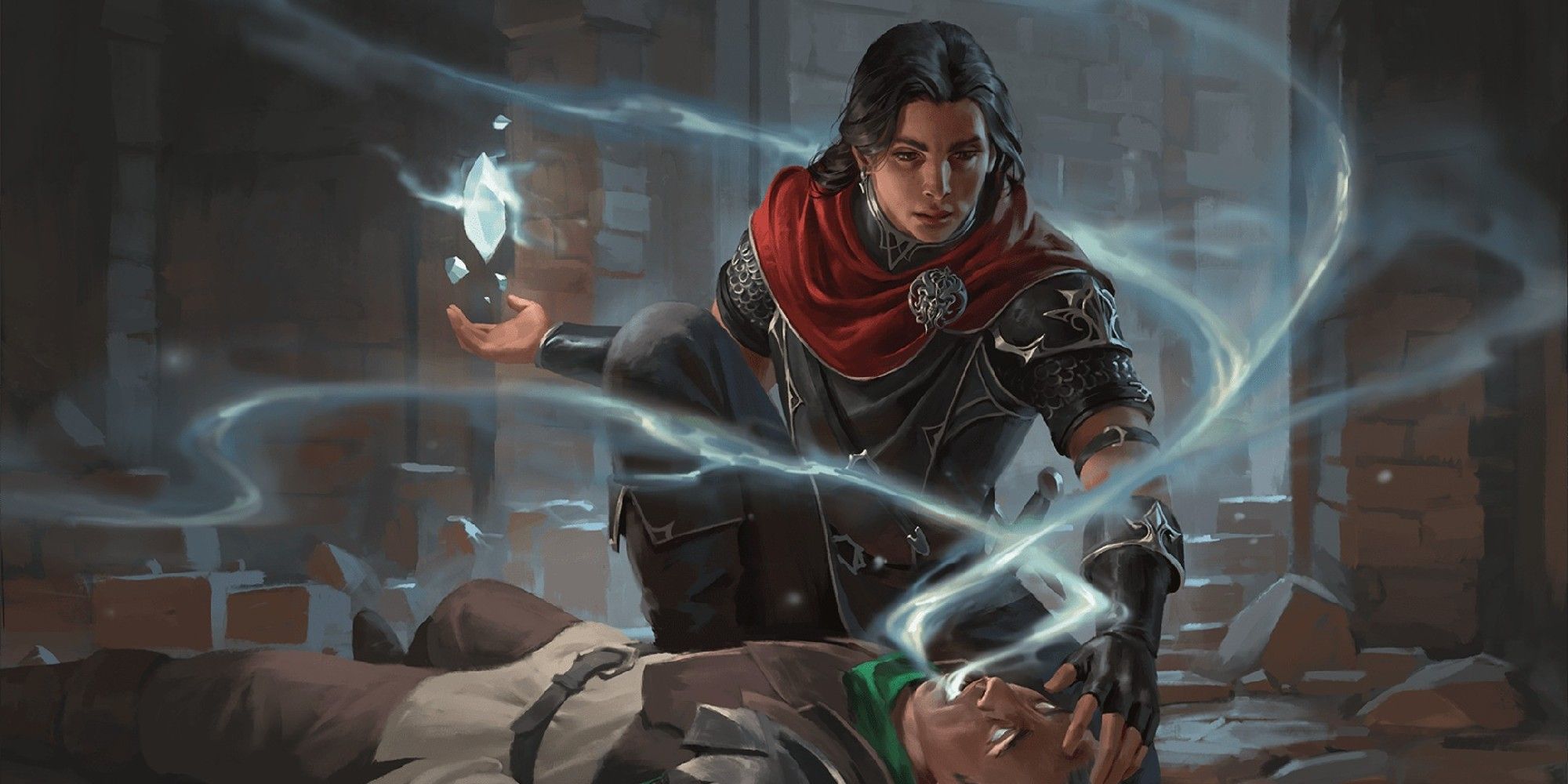
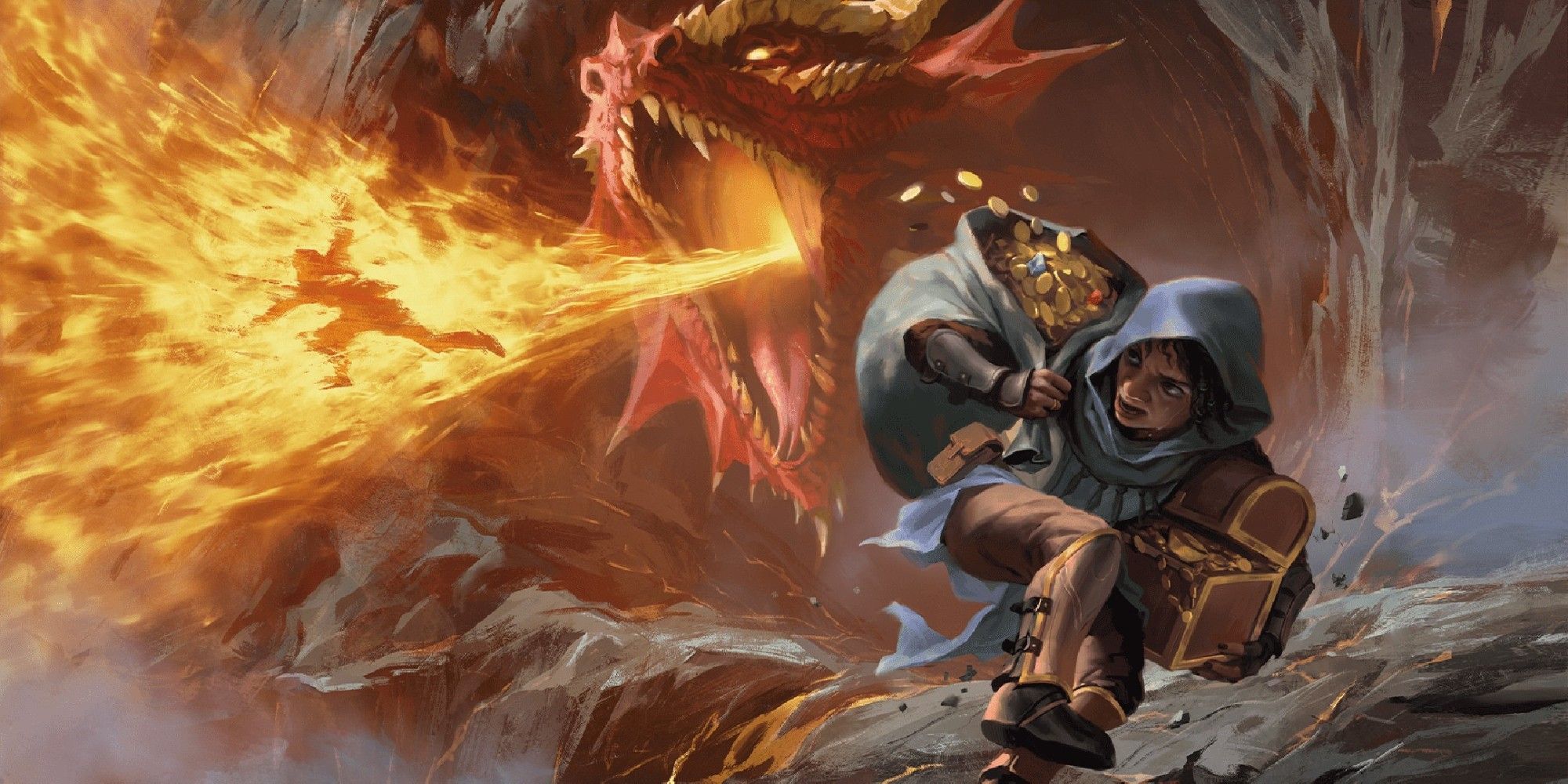
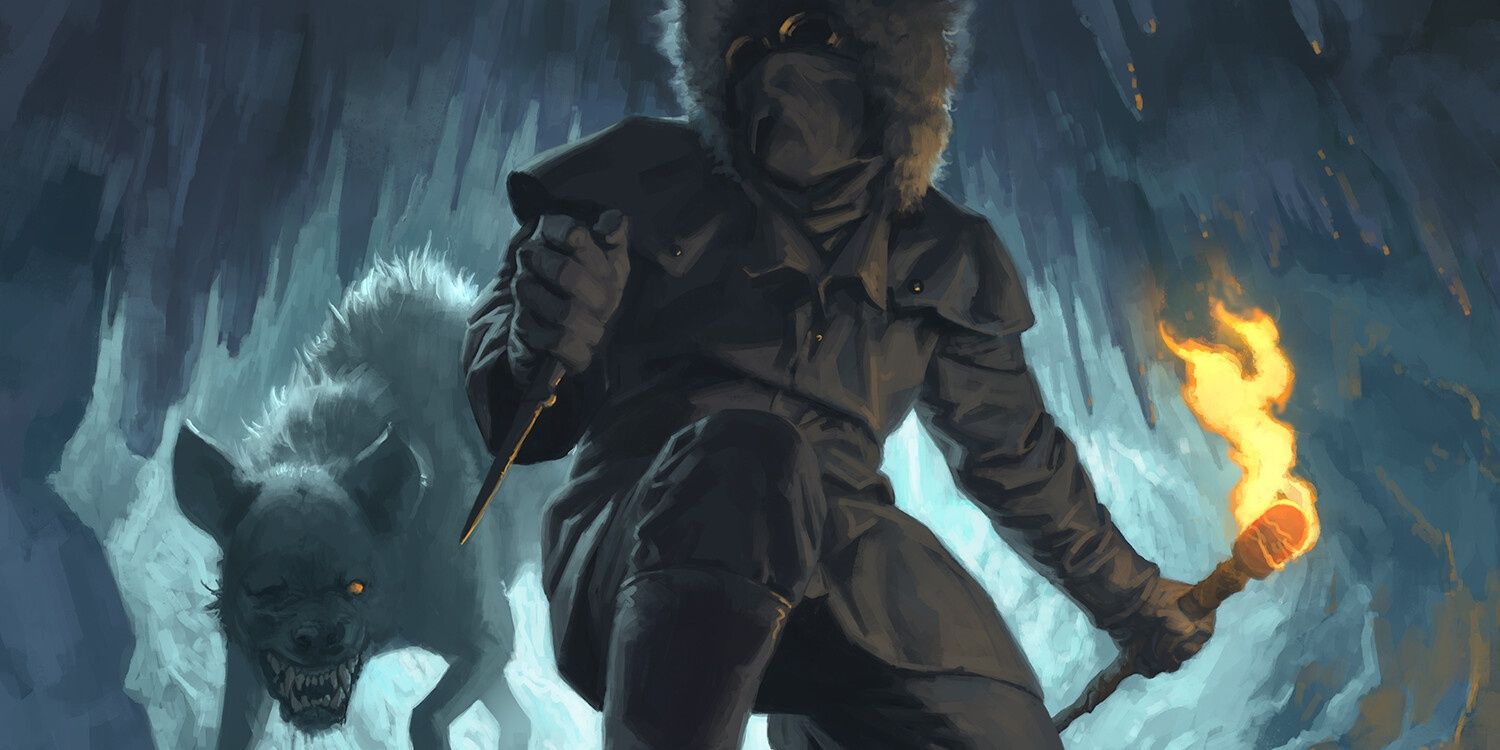
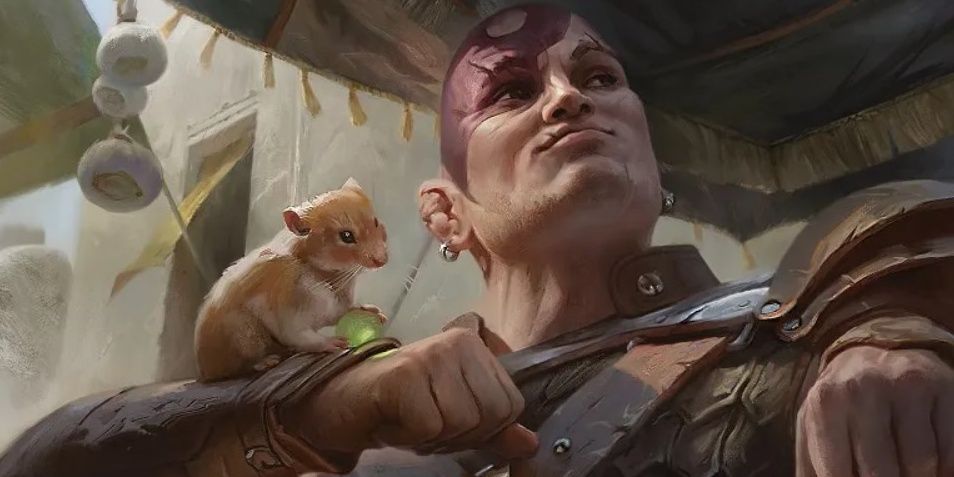
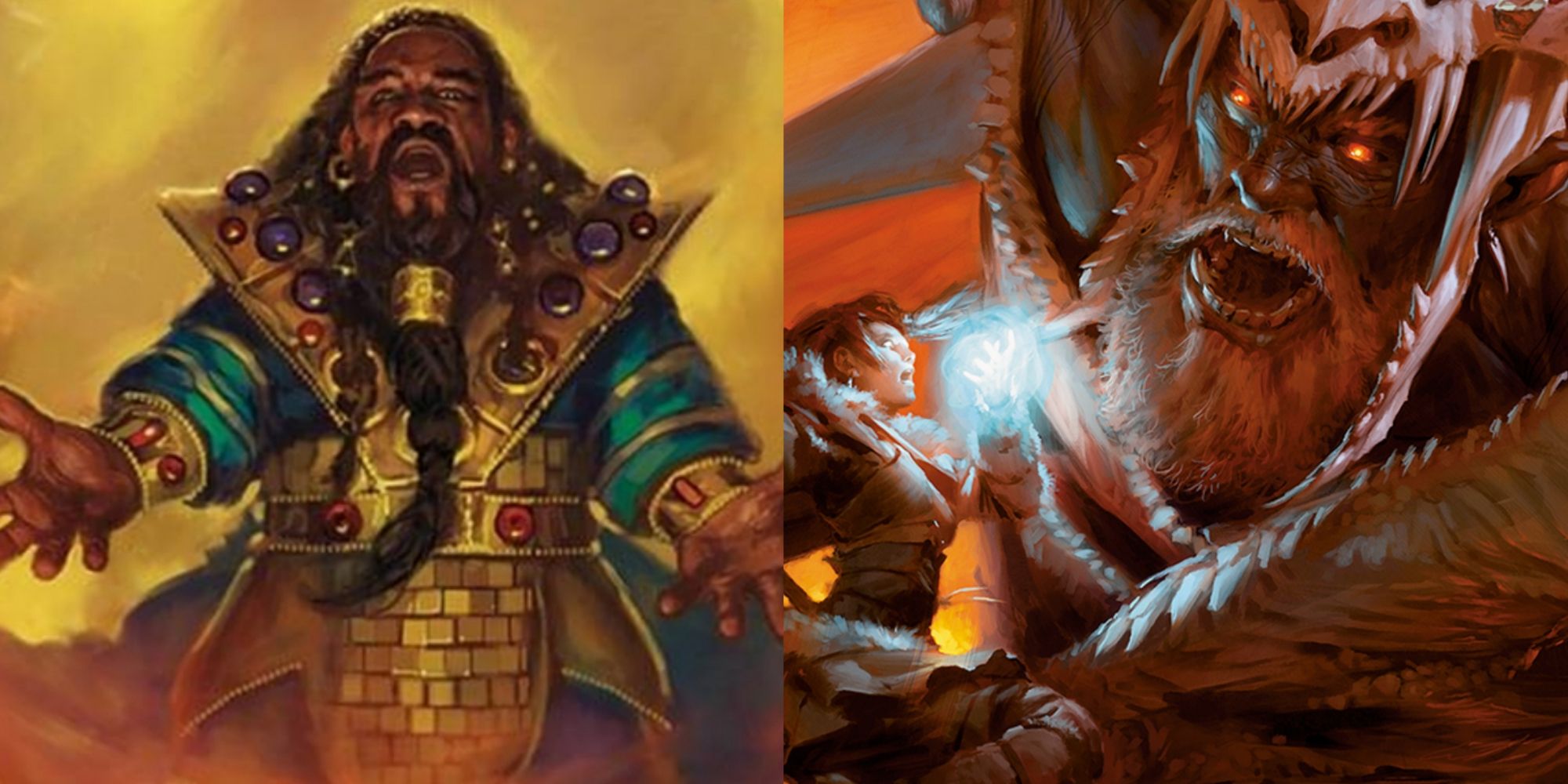
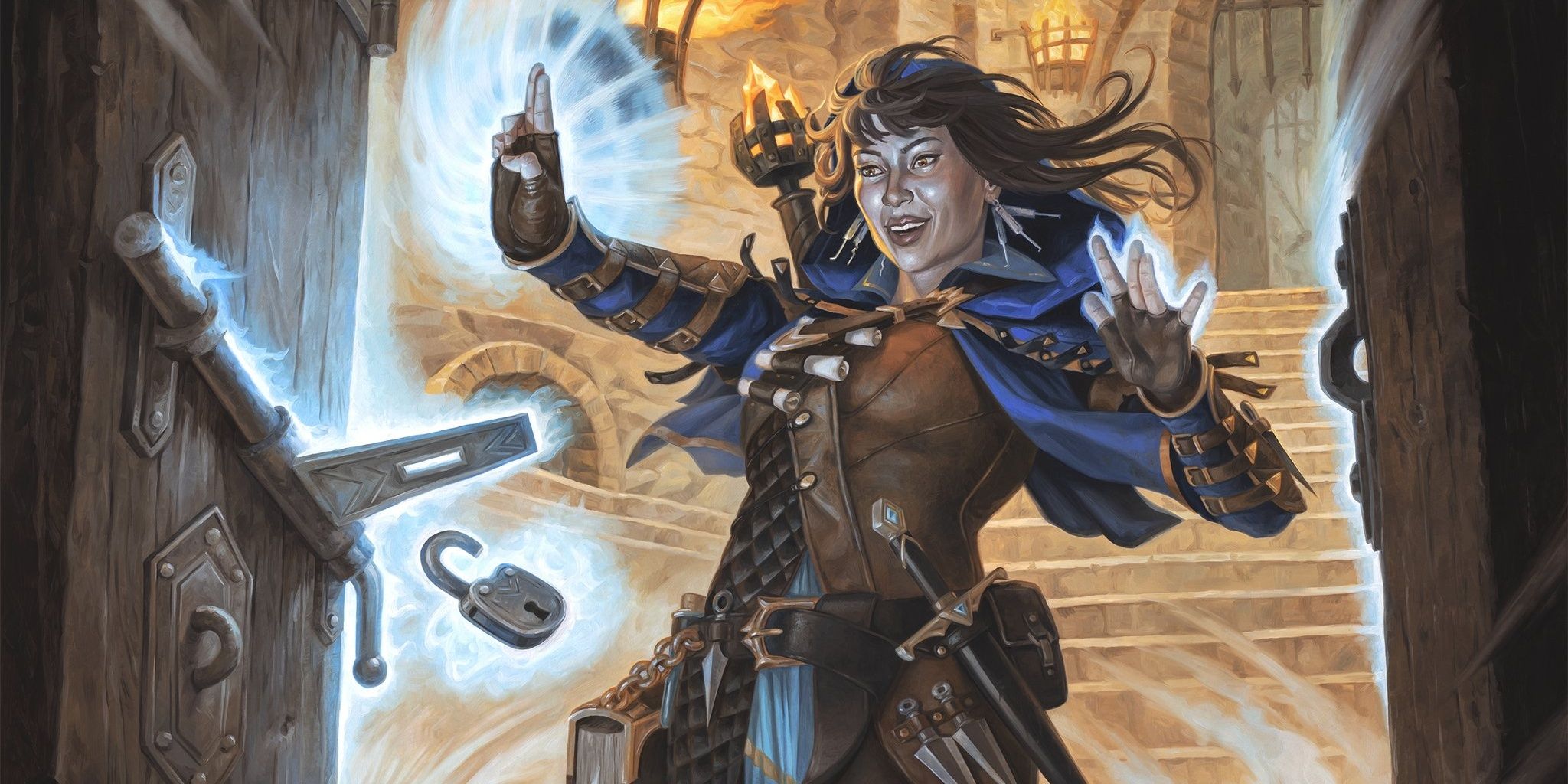
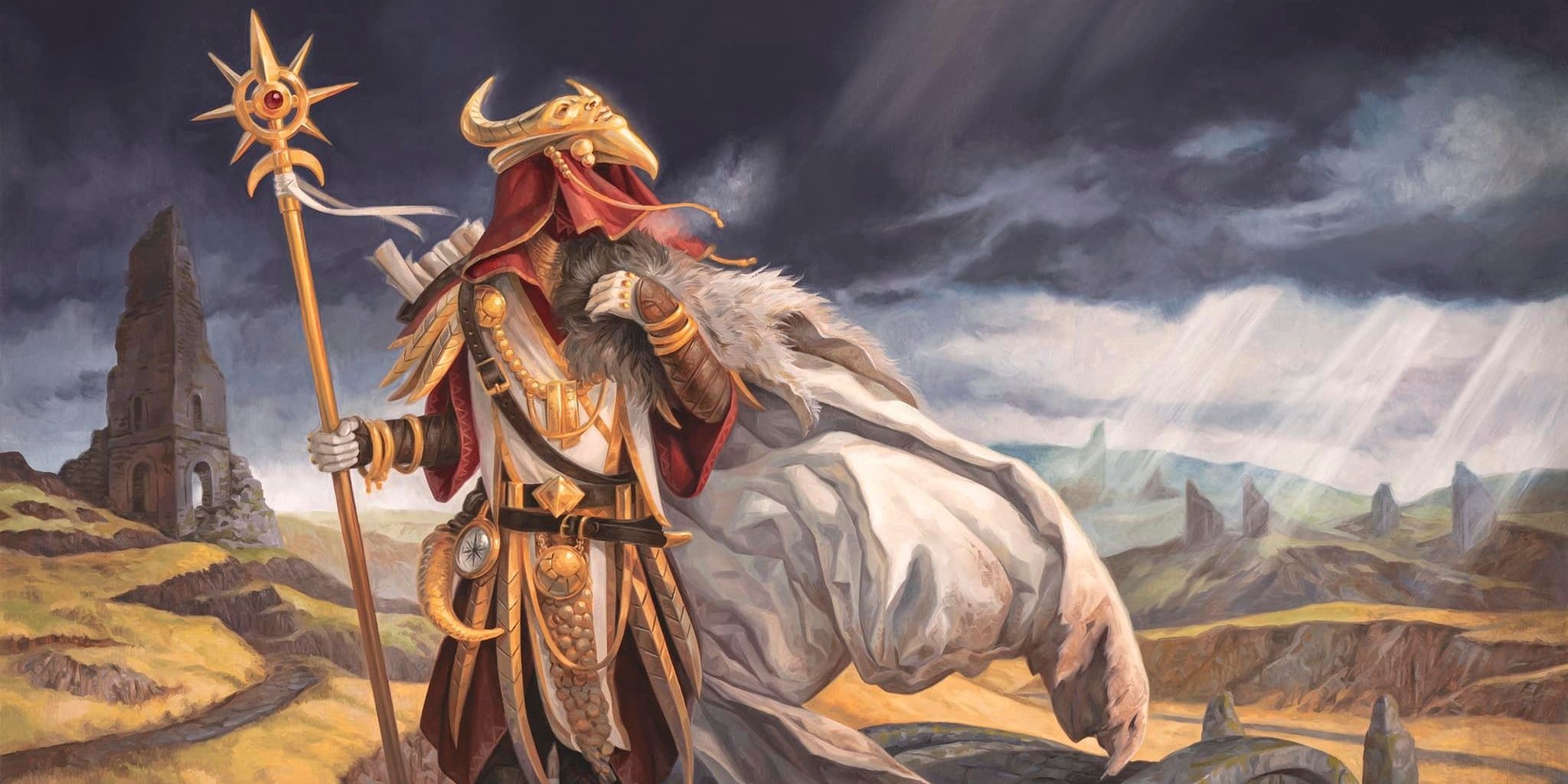
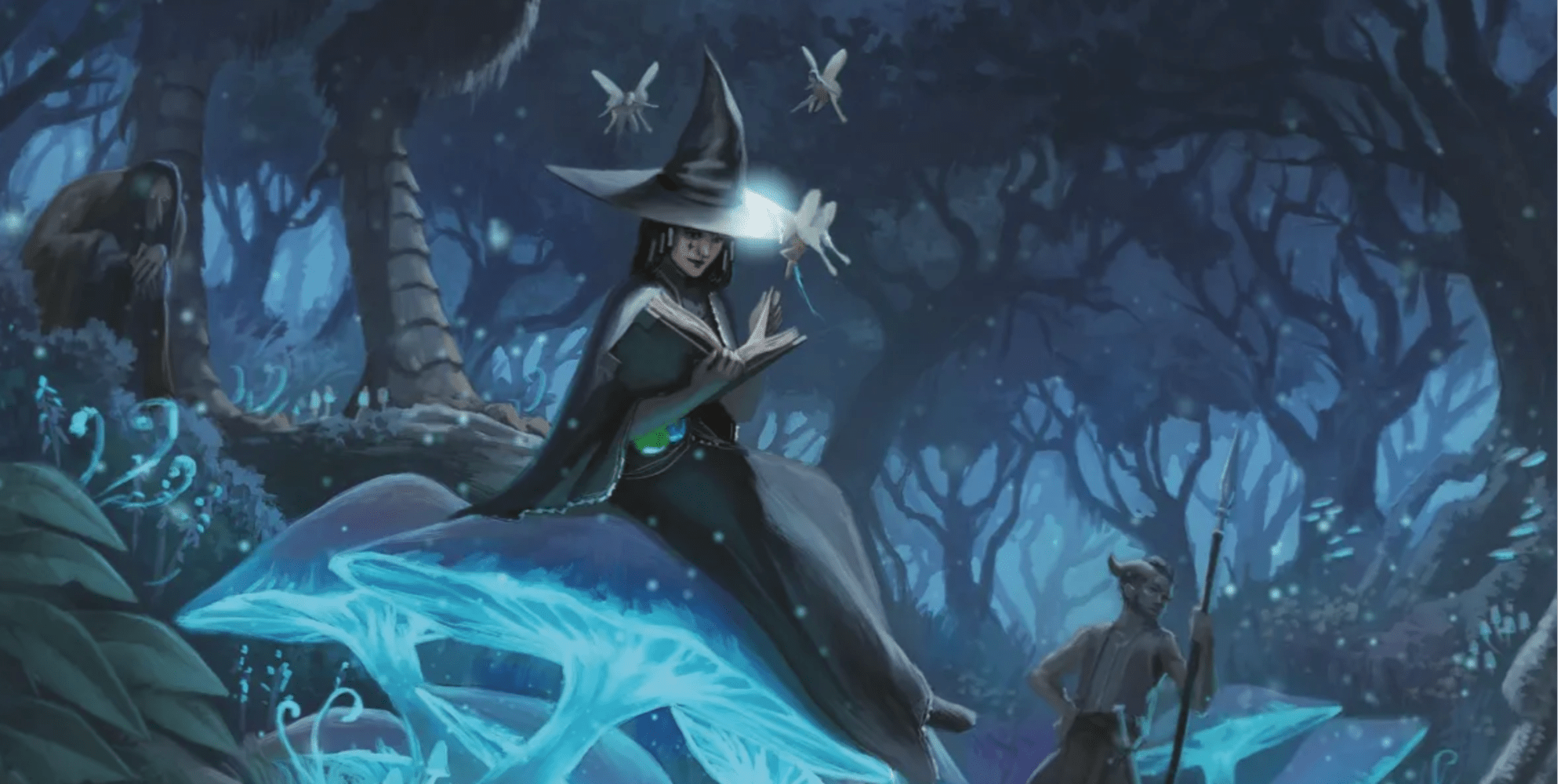
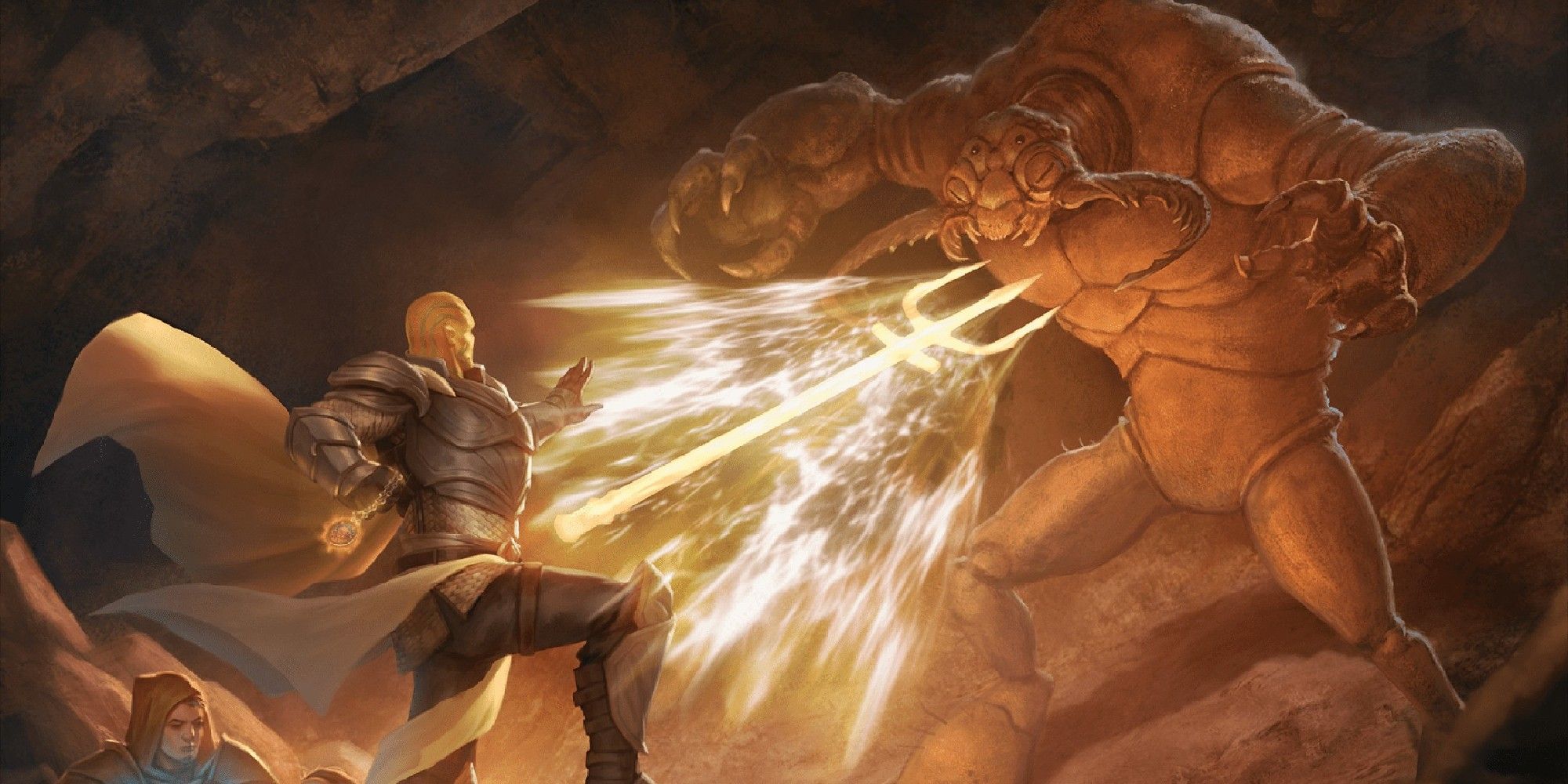







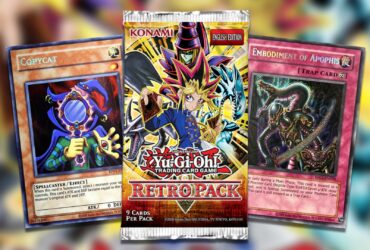



Leave a Reply